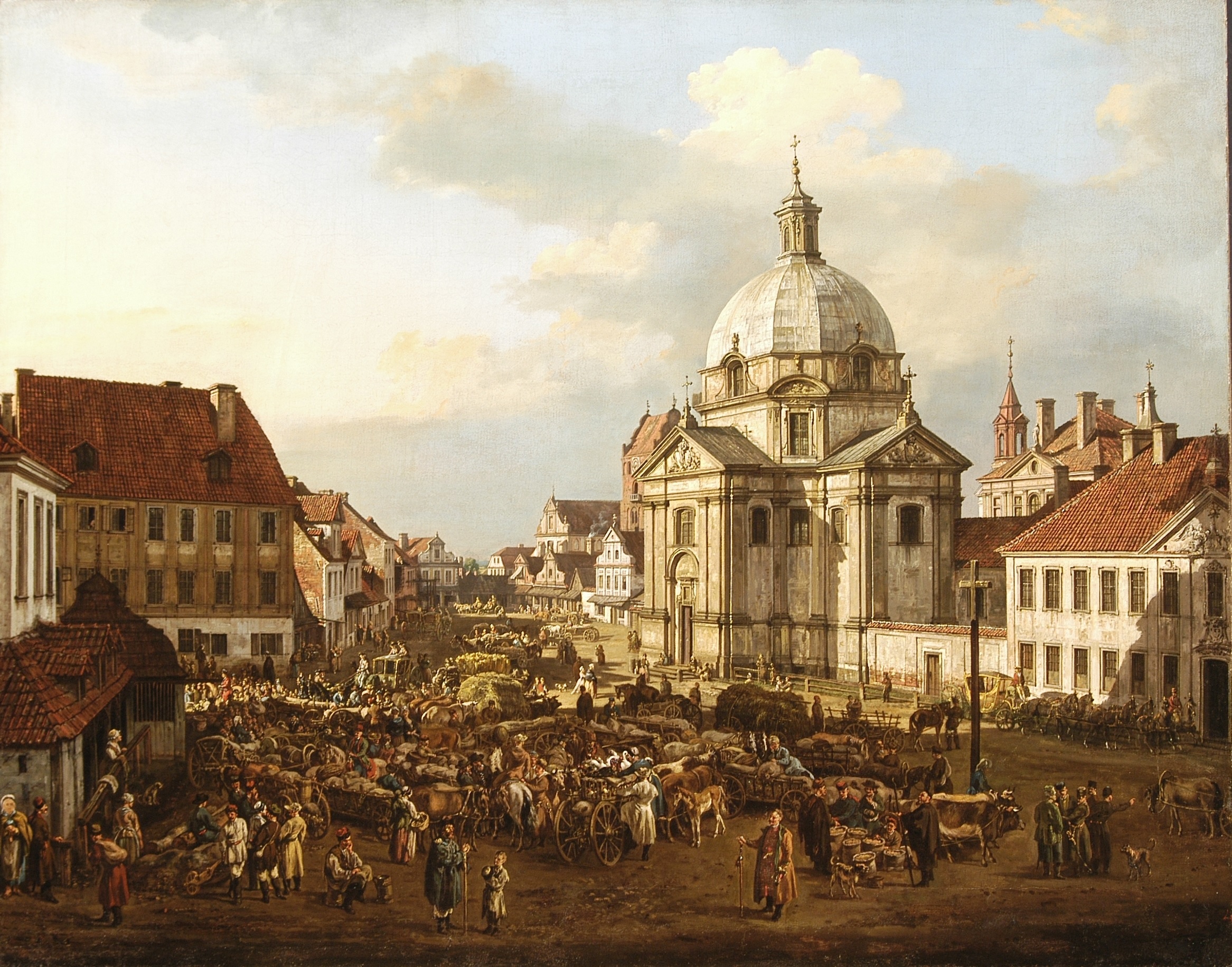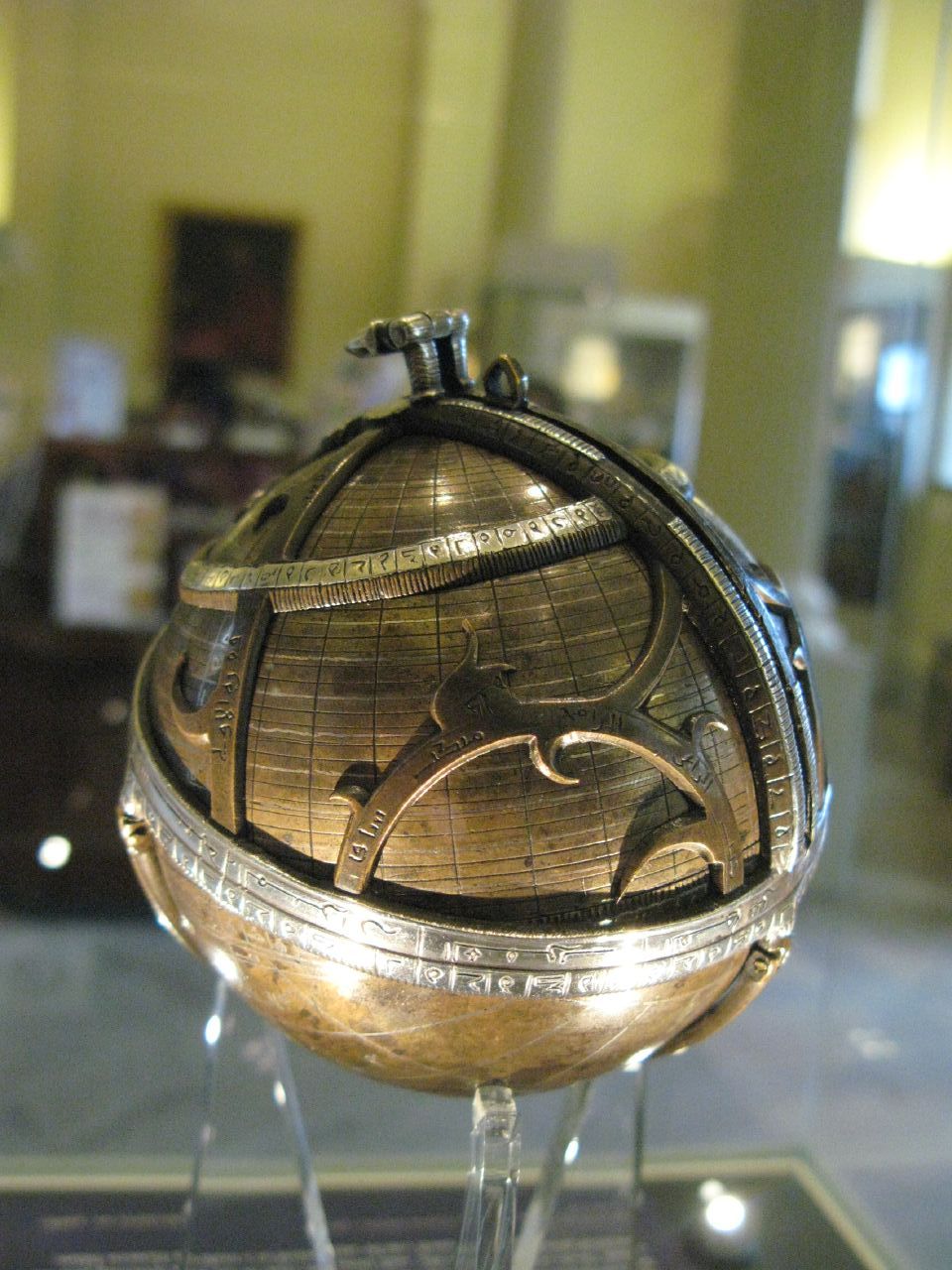|
Somogyvár Abbey
The Somogyvár Abbey (Szent Egyed Abbey) was a Benedictine monastery established at Somogyvár in the Kingdom of Hungary in 1091. It was dedicated to Saint Giles. A Formulary Book of Somogyvár, legal formulary book was compiled there in the second half of the 15th century. References Sources * * External links Aerial photographs of the ruins of Somogyvár Abbey and the castle Benedictine monasteries in Hungary 1091 establishments in Europe 11th-century establishments in Hungary Ruins in Hungary {{Hungary-hist-stub ... [...More Info...] [...Related Items...] OR: [Wikipedia] [Google] [Baidu] |
Benedictine
The Benedictines, officially the Order of Saint Benedict (, abbreviated as O.S.B. or OSB), are a mainly contemplative monastic order of the Catholic Church for men and for women who follow the Rule of Saint Benedict. Initiated in 529, they are the oldest of all the religious orders in the Latin Church. The male religious are also sometimes called the Black Monks, especially in English speaking countries, after the colour of their habits, although some, like the Olivetans, wear white. They were founded by Benedict of Nursia, a 6th-century Italian monk who laid the foundations of Benedictine monasticism through the formulation of his Rule. Benedict's sister, Scholastica, possibly his twin, also became a religious from an early age, but chose to live as a hermit. They retained a close relationship until her death. Despite being called an order, the Benedictines do not operate under a single hierarchy. They are instead organized as a collection of autonomous monasteries ... [...More Info...] [...Related Items...] OR: [Wikipedia] [Google] [Baidu] |
Somogyvár
Somogyvár () is a village in Somogy County, Hungary. Geography It is situated south from Lengyeltóti, between Lengyeltóti, Öreglak and Somogyvámos. History It is a historical tradition that, after the death of Géza, Grand Prince of the Hungarians, Géza of Hungary, Prince Koppány held this central fortress in the region of Somogyvár. Koppány launched the attack on the Veszprém fortress in 997 from here. Archaeological excavations revealed that in 1091 King Ladislaus I of Hungary supported the building of a Benedictine monastery here. Excavations also revealed layers that date from before the 11th century in the Bronze Age. The Somogyvár Abbey was built between 1091 and 1095 and the first Benedictine monks were invited from the Saint Gilles abbey, Abbey of Saint-Gilles. Later monks were also invited both from France and other abbeys from Hungary. As so often happened to Benedictine abbeys that were located at important locations, the local kings and princes eventual ... [...More Info...] [...Related Items...] OR: [Wikipedia] [Google] [Baidu] |
Kingdom Of Hungary
The Kingdom of Hungary was a monarchy in Central Europe that existed for nearly a millennium, from 1000 to 1946 and was a key part of the Habsburg monarchy from 1526-1918. The Principality of Hungary emerged as a Christian kingdom upon the Coronation of the Hungarian monarch, coronation of the first king Stephen I of Hungary, Stephen I at Esztergom around the year 1000;Kristó Gyula – Barta János – Gergely Jenő: Magyarország története előidőktől 2000-ig (History of Hungary from the prehistory to 2000), Pannonica Kiadó, Budapest, 2002, , pp. 37, 113, 678 ("Magyarország a 12. század második felére jelentős európai tényezővé, középhatalommá vált."/"By the 12th century Hungary became an important European factor, became a middle power.", "A Nyugat részévé vált Magyarország.../Hungary became part of the West"), pp. 616–644 his family (the Árpád dynasty) led the monarchy for 300 years. By the 12th century, the kingdom became a European power. Du ... [...More Info...] [...Related Items...] OR: [Wikipedia] [Google] [Baidu] |
Saint Giles
Saint Giles (, , , , ; 650 - 710), also known as Giles the Hermit, was a hermit or monk active in the lower Rhône most likely in the 7th century. Revered as a saint, his cult became widely diffused but his hagiography is mostly legendary. A town that bears his name grew up around the monastery he purportedly founded, which became a pilgrimage centre and a stop on the Way of Saint James. Historicity The legend of Giles connects him to Caesarius of Arles, who died in 543. In 514, Caesarius sent a messenger, Messianus, to Pope Symmachus in the company of an abbot named Aegidius. It is possible that this abbot is the historical figure at the basis of the legend of Saint Giles.J. Pycke, "(2) Gilles", in '' Dictionnaire d'histoire et de géographie ecclésiastiques'', Vol. 20 (1984): cols. 1352–1355. There are two forged Papal bulls purporting to have been issued by Pope John VIII in 878. Sometimes taken as authentic, they record that the Visigothic king Wamba founded a mon ... [...More Info...] [...Related Items...] OR: [Wikipedia] [Google] [Baidu] |
Formulary Book Of Somogyvár
The Formulary Book of Somogyvár (, ) is a codex or formulary from the Kingdom of Hungary, which was written mainly in the second half of the 15th century and was expanded in the 16th century. Beside legal texts, the manuscript contains three annals which date back to the time of the Árpádian era, a genealogy of the Hungarian monarchs from Béla III to Ladislaus of Naples, a rhythmic list of kings and a record of events regarding the Ottoman–Habsburg wars in Hungary. The codex is kept in the Teleki Library in Târgu-Mureş, Romania. Background According to legal historian György Bónis, the 272-page document was written mainly between the 1460s and the end of the 1480s by an unidentified legal scholar of the royal court of King Matthias Corvinus. After his retirement, this scholar settled down in Somogyvár Abbey, an important place of authentication in the Kingdom of Hungary, where he copied and compiled his work with his own records from the royal court and his subseque ... [...More Info...] [...Related Items...] OR: [Wikipedia] [Google] [Baidu] |
Benedictine Monasteries In Hungary
The Benedictines, officially the Order of Saint Benedict (, abbreviated as O.S.B. or OSB), are a mainly Christian mysticism, contemplative Christian monasticism, monastic Religious order (Catholic), order of the Catholic Church for men and for women who follow the Rule of Saint Benedict. Initiated in 529, they are the oldest of all the religious orders in the Latin Church. The male religious are also sometimes called the Black Monks, especially in English speaking countries, after the colour of their religious habit, habits, although some, like the Olivetans, wear white. They were founded by Benedict of Nursia, a 6th-century Italian monk who laid the foundations of Benedictine monasticism through the formulation of his Rule. Benedict's sister, Scholastica, possibly his twin, also became a religious from an early age, but chose to live as a hermit. They retained a close relationship until her death. Despite being called an order, the Benedictines do not operate under a single ... [...More Info...] [...Related Items...] OR: [Wikipedia] [Google] [Baidu] |
1091 Establishments In Europe
1 (one, unit, unity) is a number, numeral, and glyph. It is the first and smallest positive integer of the infinite sequence of natural numbers. This fundamental property has led to its unique uses in other fields, ranging from science to sports, where it commonly denotes the first, leading, or top thing in a group. 1 is the unit of counting or measurement, a determiner for singular nouns, and a gender-neutral pronoun. Historically, the representation of 1 evolved from ancient Sumerian and Babylonian symbols to the modern Arabic numeral. In mathematics, 1 is the multiplicative identity, meaning that any number multiplied by 1 equals the same number. 1 is by convention not considered a prime number. In digital technology, 1 represents the "on" state in binary code, the foundation of computing. Philosophically, 1 symbolizes the ultimate reality or source of existence in various traditions. In mathematics The number 1 is the first natural number after 0. Each natural number, ... [...More Info...] [...Related Items...] OR: [Wikipedia] [Google] [Baidu] |
11th-century Establishments In Hungary
The 11th century is the period from 1001 (represented by the Roman numerals MI) through 1100 (MC) in accordance with the Julian calendar, and the 1st century of the 2nd millennium. In the history of Europe, this period is considered the early part of the High Middle Ages. There was, after a brief ascendancy, a sudden decline of Byzantine power and a rise of Norman domination over much of Europe, along with the prominent role in Europe of notably influential popes. Christendom experienced a formal schism in this century which had been developing over previous centuries between the Latin West and Byzantine East, causing a split in its two largest denominations to this day: Roman Catholicism and Eastern Orthodoxy. In Song dynasty China and the classical Islamic world, this century marked the high point for both classical Chinese civilization, science and technology, and classical Islamic science, philosophy, technology and literature. Rival political factions at the Song dynast ... [...More Info...] [...Related Items...] OR: [Wikipedia] [Google] [Baidu] |




